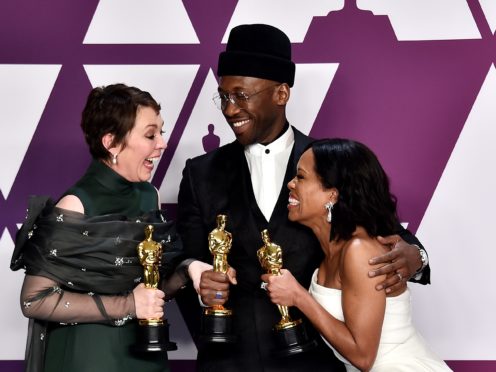The Academy Awards broadcast has ended a four-year streak of dwindling viewer numbers in the US, reaching an audience of 29.6 million for Sunday night’s ceremony.
While ratings were up by 12 percent on 2018’s figure of 26.5 million viewers, it was still the second-smallest TV audience in the award show’s history, the Neilsen ratings company said.
This year’s nominees featured movies with more box office pull than in recent years and the show sparked some controversy over the merits of best picture winner Green Book.
#Oscars Moment: Green Book wins for Best Picture. pic.twitter.com/nFBggI3Bsy
— The Academy (@TheAcademy) February 25, 2019
Alongside some memorable musical performances by Queen and the duo of Lady Gaga and Bradley Cooper, the biggest change to the ceremony was the lack of host, after Kevin Hart pulled out following a row over historic homophobic tweets
The Oscars is generally the most-watched entertainment programme of the year in the US, second-only to the Super Bowl. Yet its viewership had declined steadily since hitting 43.7 million in 2014, Nielsen added.
Despite this year’s rebound, it still represents only the second time since Nielsen has been measuring that viewership slipped under 30 million people.
The biggest Oscars audience ever recorded came in 1998, when 55.2 million people turned out to see Titanic named best picture.
